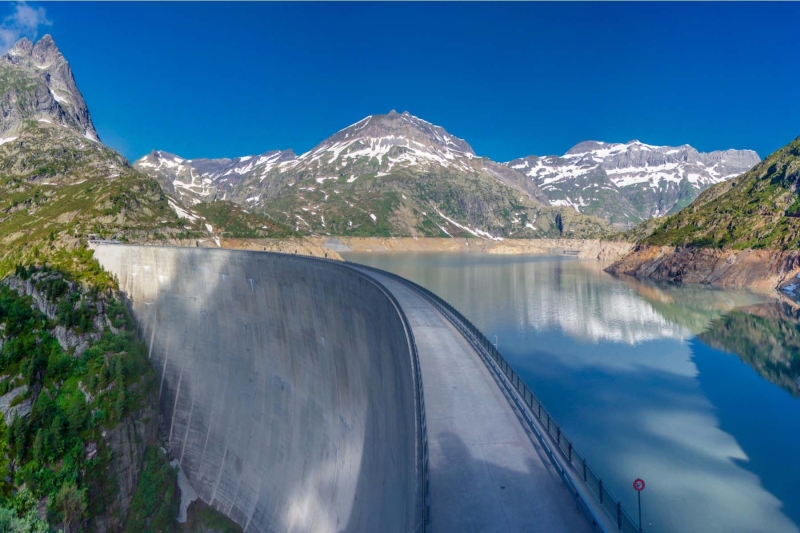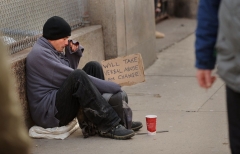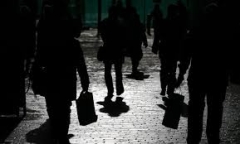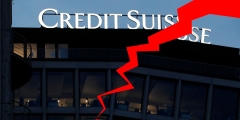The Swiss federal government’s energy strategy is wishful thinking, says ETH researcher
By 2050, the government wants solar power to replace electricity from nuclear power plants. But this strategy may mean supply will be two-thirds short of demand during a severe winter, says risk researcher Didier Sornette of ETH Zurich. What are the alternatives?
Switzerland may face an energy crisis as soon as this winter. The government is therefore preparing for a shortage of gas and electricity. But if that weren’t bad enough, a renowned researcher at ETH Zurich is also now expressing criticism of the long-term Energy Strategy 2050, which is intended to get Switzerland off fossil fuels and which was approved by the people in 2017 with a yes vote of 58%.
Risk researcher Didier Sornette, a physicist who is chair of Entrepreneurial Risks at ETH, criticizes the fact that the transition from today’s energy system to one that relies to a large extent on solar power is being presented too optimistically by the authorities. This creates a dangerous illusion of security and control, according to a new working paper by Sornette and fellow researcher Euan Mearns.
When the sun is missing in winter
What brings them to their verdict? As a first step, Mearns and Sornette reconstructed Swiss electricity production and demand in January and July 2017 from various sources, hour by hour. They used 2017 because it is the most recent year for which detailed figures are available. Next, the researchers incorporated the main pillars of the Energy Strategy 2050 into their model.
One is that electricity demand will grow 37% by 2050 as people switch to e-cars and replace fossil-fuel heating with heat pumps. According to the plan, on the other hand, the production of solar power is to increase by a factor of 20, thus replacing to a large extent the production from four nuclear power plants, which will be shut down by then.
Finally, in a third step, the studied months January and July 2017 were transferred to the year 2050, assuming that the energy strategy is implemented. In their calculations, the researchers concluded that Switzerland will face an enormous electricity deficit in January 2050. In that month, no less than 69% of the electricity will have to be imported from the rest of Europe. That equals 6 terawatt hours. By comparison: In recent years, Switzerland has imported an average of 4 terawatt hours over half the winter season. So in 2050, in January alone, Switzerland would require one and a half times that.
By 2050, large numbers of solar panels are planned to be installed, yet they would only meet 4% of total demand in January, assuming the weather patterns of 2017. Now, one might argue that January 2017 was a decidedly bad month for solar power. Is Sornette thus being far too pessimistic? The 65-year-old counters that one never lives in an«average month,» but that months with little sunshine, such as the beginning of 2017, will also occur in the future. This is exactly the kind of month for which a power supply must be equipped, not the average.
Since the neighboring countries, with the exception of France, are likely to pursue very similar strategies, Switzerland will not be able to cover its electricity shortfall with imports. When there is nothing to be gained from abroad, the focus turns inward. Could surplus electricity from the summer be stored and thus shifted into the winter?

Comments to this:








